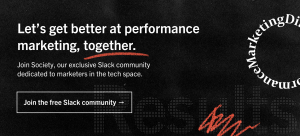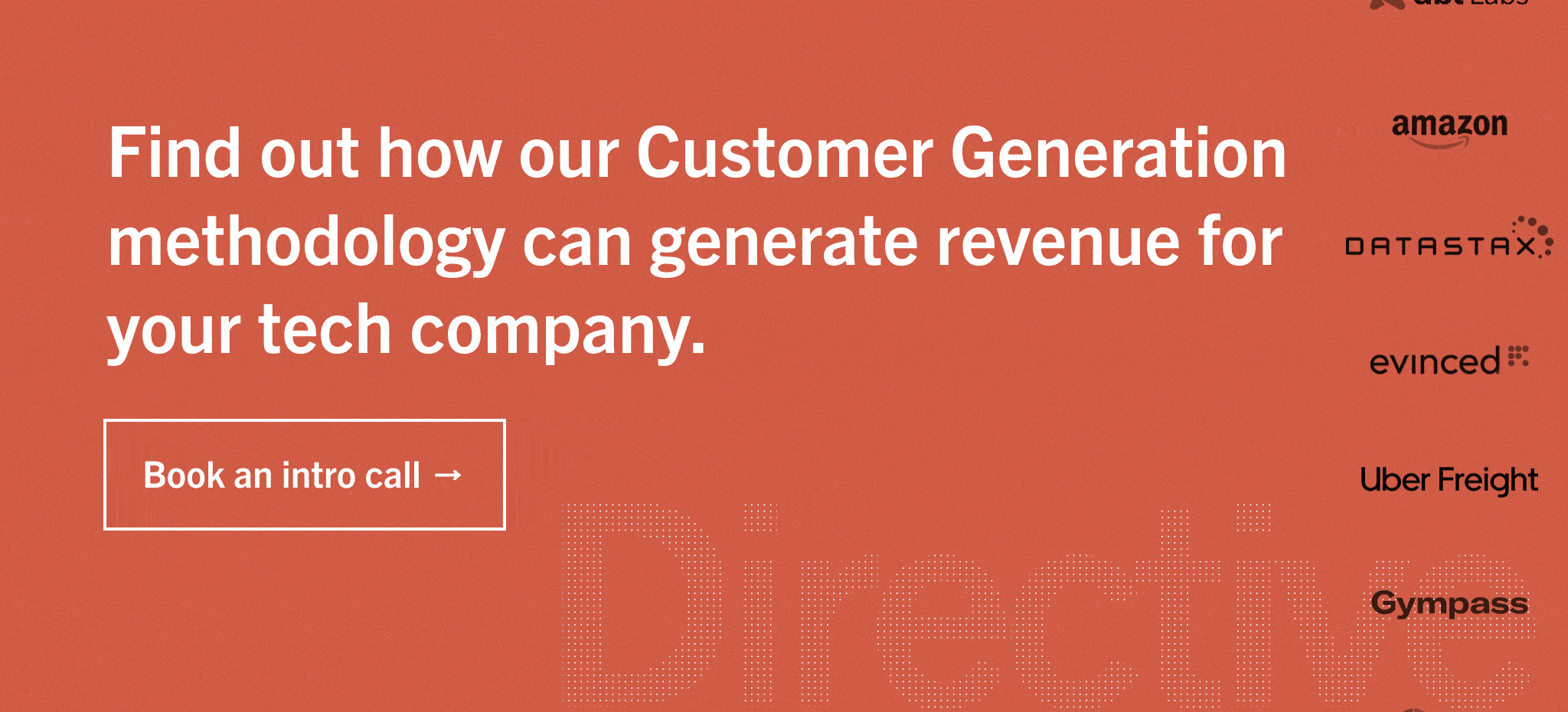What is a Sales Accepted Lead (SAL)?
In tech companies, marketing and sales teams must coordinate their efforts to efficiently move prospects through the marketing sales funnel and drive revenue.
Marketing teams work to generate marketing-qualified leads (MQLs) and pass them on to the sales team, while the job of sales is to nurture those MQLs into sales-qualified leads (SQLs) and ultimately convert them into customers.
The hand-off between marketing and sales is a critical point in this process. While marketing teams might think that “more is better” when it comes to lead generation, sending too many low-quality leads from marketing to sales results in low closing rates and poor sales efficiency.
To ensure alignment between marketing and sales during lead hand-off, tech companies can implement a lead acceptance process where MQLs must be qualified as Sales Accepted Leads (SALs) before they will be accepted as sales-ready. This typically involves:
- Creating an agreement between marketing and sales that establishes a shared definition and criteria for a Sales Accepted Lead (SAL).
- Creating a service-level agreement describing follow-up steps that must be taken by the sales team within a certain time frame after accepting a new lead.
A Sales Accepted Lead (SAL) is a marketing-qualified lead (MQL) that has been reviewed in a formalized lead acceptance process and officially met the agreed-upon acceptance criteria for sales-readiness and handover to the sales team.
SALs vs SQLs - What’s the Difference?
MQLs, SALs, and SQLs are all terms that SaaS marketing agencies use to describe leads that have met specific qualifying criteria in a lead qualification framework.
An MQL is a lead that has been deemed more likely to become a customer than others based on their interactions and engagement with marketing touchpoints.
An SAL is an MQL that has been passed on to the sales team and met the agreed-upon criteria for sales-readiness.
An SQL is an SAL that has been qualified via phone or email interaction and is ready for direct and personal attention from the sales team with the goal of converting that lead into a customer.
SALs are usually qualified based on criteria such as the lead’s job function, company size, industry classification, and the presence/accuracy of information about the lead. In contrast, SQLs are typically qualified by directly contacting the lead to ascertain details about their budget, authority, needs, and whether they’re ready to purchase a solution.
Why is Lead Qualification Important?
The purpose of lead qualification is to help the marketing/sales team identify and focus their resources on leads and prospects that are most likely to convert into customers.
An effective lead qualification system produces three important benefits:
Saves Time and Increases Sales Efficiency
As prospects advance through the funnel, the cost of engaging those prospects increases. While marketers can reach audiences at scale through channels like paid advertising and social media, sales professionals are often interacting with potential customers on a 1-to-1 basis.
Lead qualification identifies the hottest and most promising leads in your funnel, helping sales teams waste less time engaging with low-quality prospects who aren’t ready to convert.
Enables a Personalized Sales Experience
During the lead qualification process, marketing and sales teams gather information about the prospect that can be used to enable a personalized sales experience.
Qualified leads can be segmented based on their firmographics or engagement history, allowing for a more customized and targeted approach to lead nurturance, follow-up activities, and solution positioning.
Increases Close Rates and Drives Revenue Growth
Lead qualification means that sales teams spend more time engaging with leads that are more likely to convert. This naturally results in increased close rates and accelerates revenue growth for your tech company.
When close rates go up, sales teams earn more money, feel more productive, and report higher rates of job satisfaction. Team morale goes up and employee churn goes down – it’s a huge win.
What are the Best Criteria for an SAL?
There is no one-size-fits-all approach to establishing criteria for an SAL – tech companies should each establish their own criteria based on the most important indicators of sales-readiness for their specific product and customers.
When establishing your SAL criteria or determining whether an MQL should be accepted, the most important factors to consider are:
- Is the information for this lead complete and accurate?
- Does this lead fit the Ideal Customer Profile (ICP)?
- What is the lead score for this lead? Does the lead score indicate a high level of interest and sales-readiness?
- Is this lead genuinely ready for contact with sales, or should it be returned to marketing for further nurturance and engagement?
What Should Happen First with SALs?
When MQLs are accepted by the sales team, they become SALs. Sales teams should commit to following up with newly accepted leads in a timely fashion, ideally within 24 hours. The goal should be to schedule a conversion where the lead can be further qualified with BANT and hopefully converted into an SQL.
Timely follow-up reduces the risk of lost leads and prevents valuable prospects from slipping through the cracks.
SALs Drive Tech Marketing Success
A formalized lead acceptance process ensures a seamless transition for leads that are passed from marketing to your sales team. It also creates an immediate feedback mechanism that ensures alignment between marketing and sales on the definition of a sales-ready lead.
When marketing and sales teams agree on the definition of a lead, MQL → SAL acceptance rates should be 90-95% or higher.
Our unique Customer Generation methodology leverages 1st-party data to map Total Addressable Market (TAM) for our tech clients. By targeting our advertisements exclusively at the most valuable prospects, we can consistently deliver high-quality leads that readily convert to SQLs and customers.
Want to learn more?


